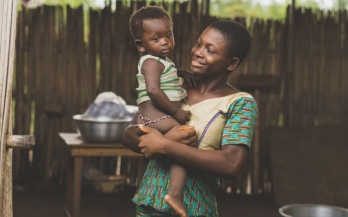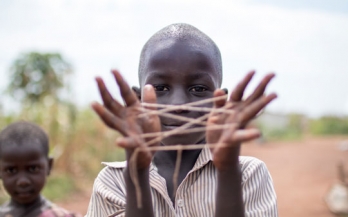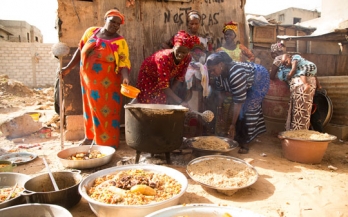The objective of the study was to learn about factors that facilitated or limited programme delivery and adherence to DESTA recommendations from the perspective of caregivers.
The objective of the baseline survey was to measure outcome indicators and to describe potential factors that might influence those outcomes other than the project activities. The baseline survey results will be compared to those from an endline survey in the same population to examine the effectiveness of the programme as part of an impact evaluation.
A focused ethnographic study (FES) was conducted as part of the programme evaluation for a project aimed at improving the nutrient adequacy of infant and young child diets in three districts of Sofala Province, Mozambique, through the delivery of micronutrient powder (MNP), called “VitaMais”, to children 6–23 months old and behaviour change interventions.
An endline survey was conducted as part of a programme evaluation for a project implemented by the Global Alliance for Improved Nutrition that aimed to improve complementary feeding practices through the delivery of micronutrient powder (MNP) and behaviour change communication activities to children 6–23 months old in three districts of Sofala Province, Mozambique.
A baseline survey was conducted as part of a programme evaluation for a project implemented by the Global Alliance for Improved Nutrition that aimed to improve complementary feeding practices through the delivery of micronutrient powder and behaviour change communication activities to children 6–23 months old in three districts of Sofala Province, Mozambique.
The goal of this study was to develop and test two methods of quantitative dietary assessment that are less technically challenging and less expensive to implement than the standard 24HR dietary recall procedure, but still capable of identifying nutrient gaps with acceptable precision.
This study present findings from a market assessment on the presence and fortification level of vitamin A in all major brands of edible oil and vanaspati sold in Pakistan and potentially exported to Afghanistan. The study was undertaken to inform technical and programmatic decisions to support effective food fortification.
The main objective of the evaluation was to assess the likelihood that Shakti+ activities contributed to the two primary outcomes that the programme implementers aimed to achieve, specifically, the use of Knorr iron-fortified bouillon cubes in cooking and the addition of green leafy vegetables (GLV) to soups and stews.
The 2013 Senegal Fortification Assessment Coverage Toolkit (FACT) survey was the first FACT survey conducted by the Global Alliance for Improved Nutrition. The aim of the survey was to determine whether women of reproductive age and children receive a meaningful contribution of iron and vitamin A from fortified wheat flour and oil, respectively.
The 2015 Nigeria Fortification Assessment Coverage Toolkit (FACT) survey is a cross-sectional survey that is representative at the state level in the two states of Kano and Lagos. The purpose of the survey was to assess the coverage and potential contribution of fortified foods to the micronutrient intake of the population.










